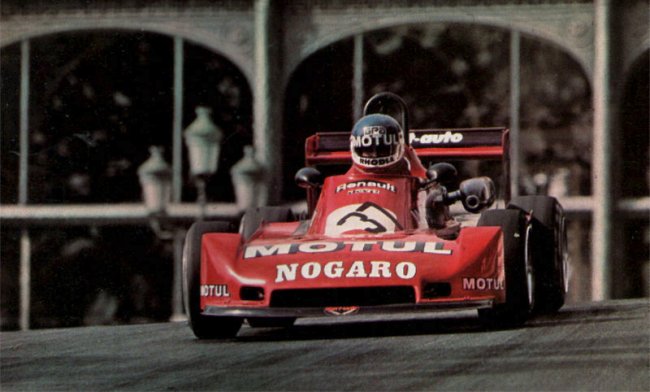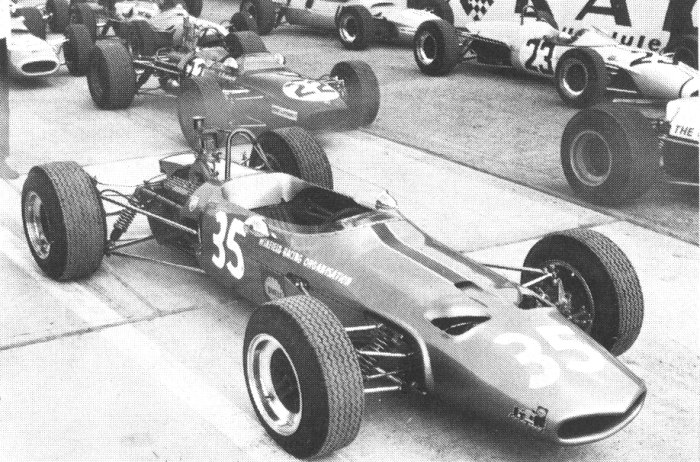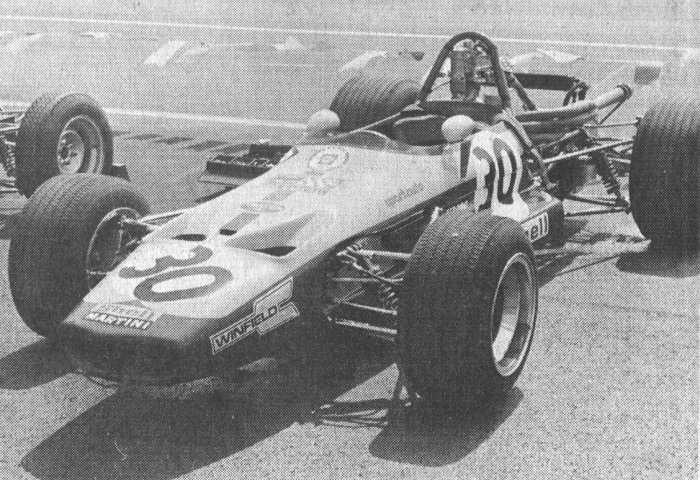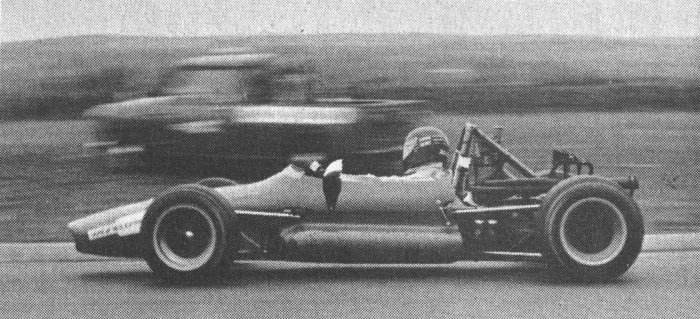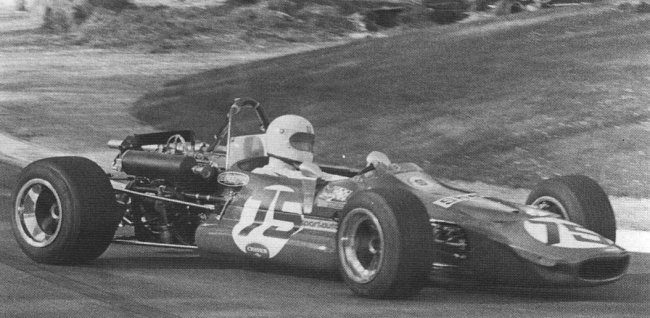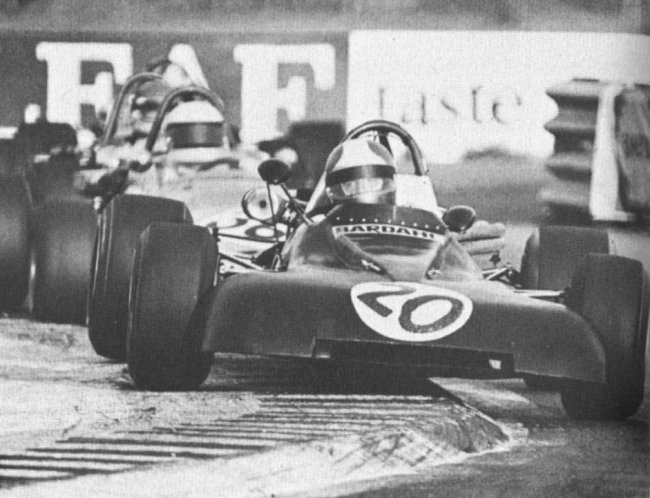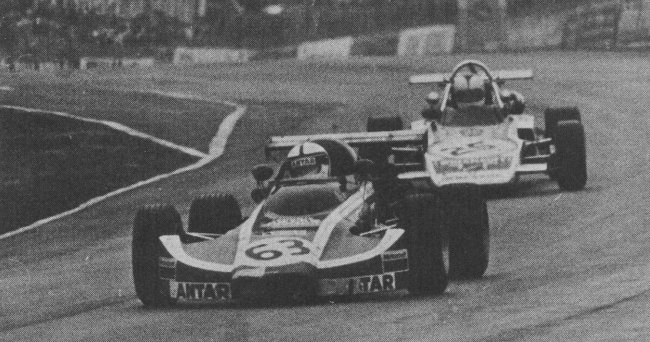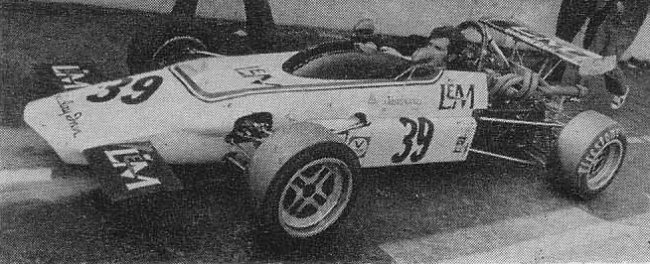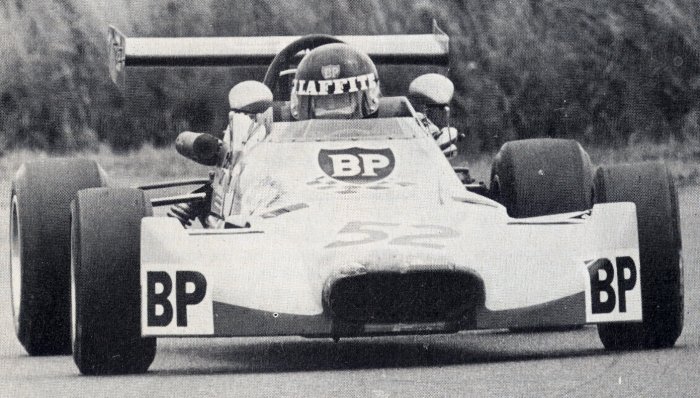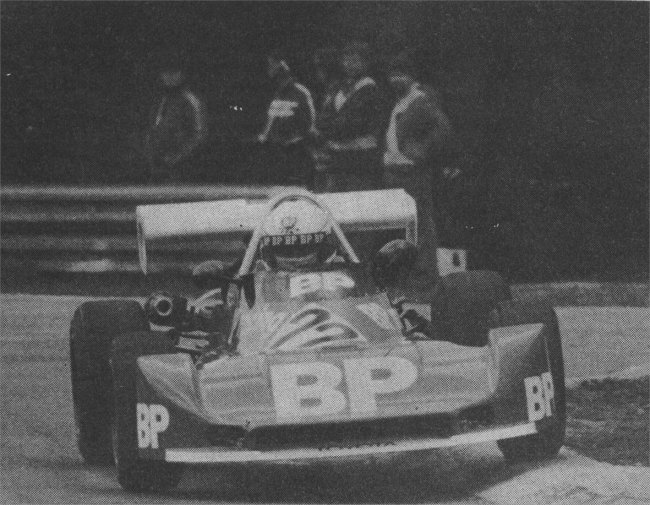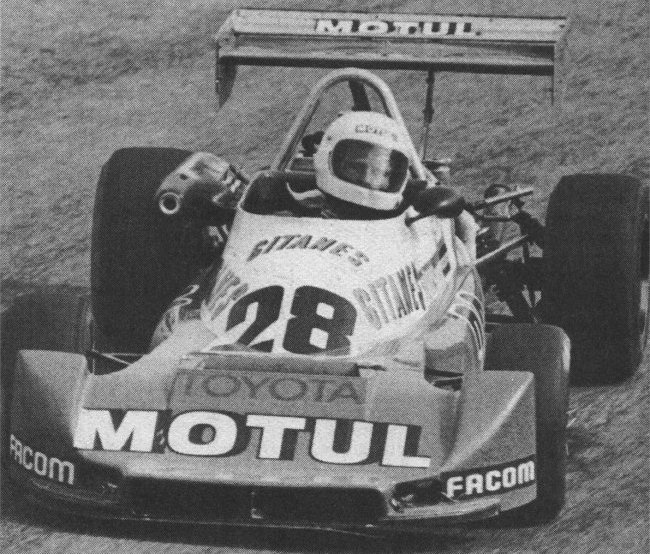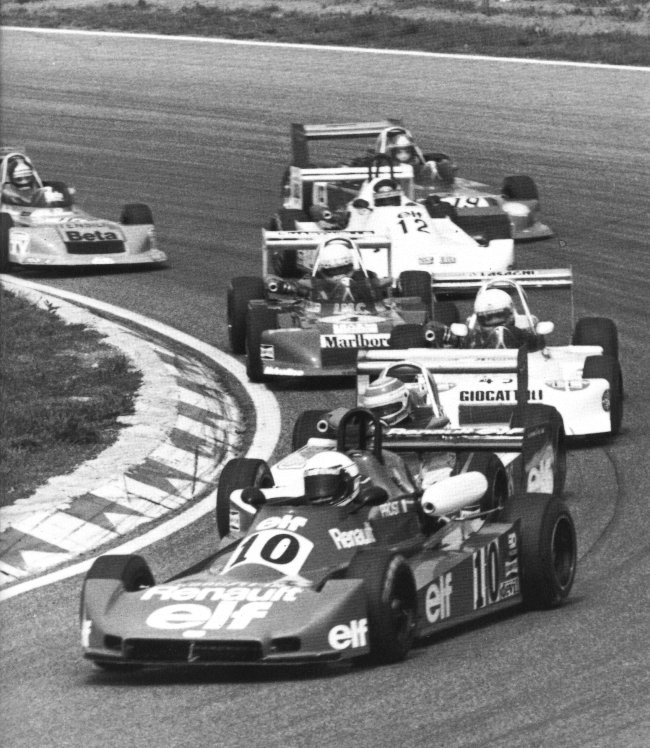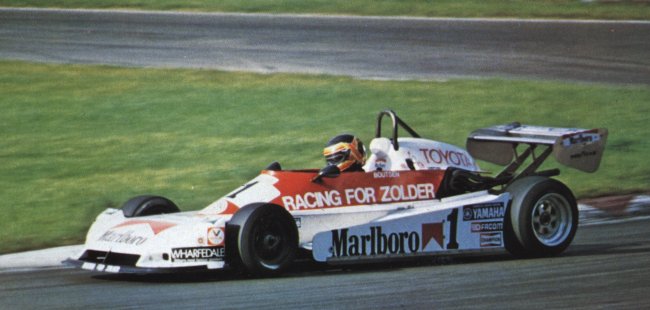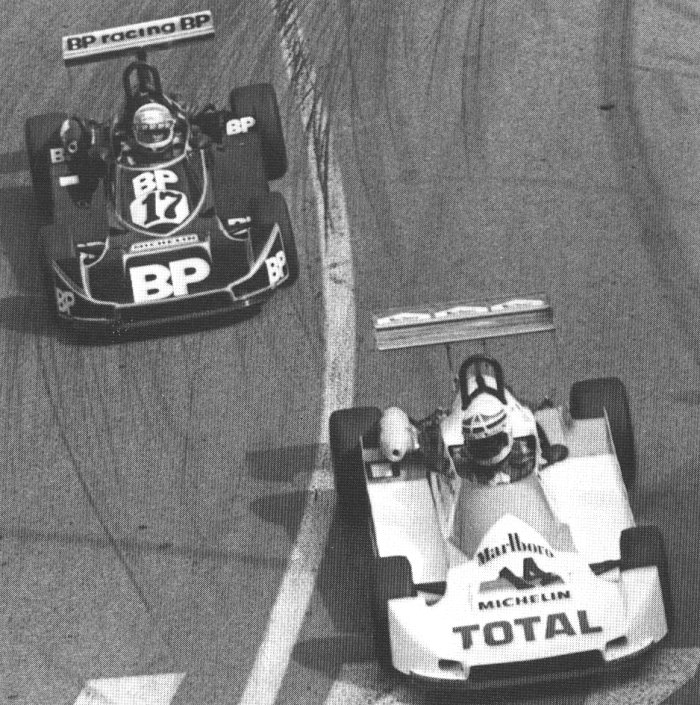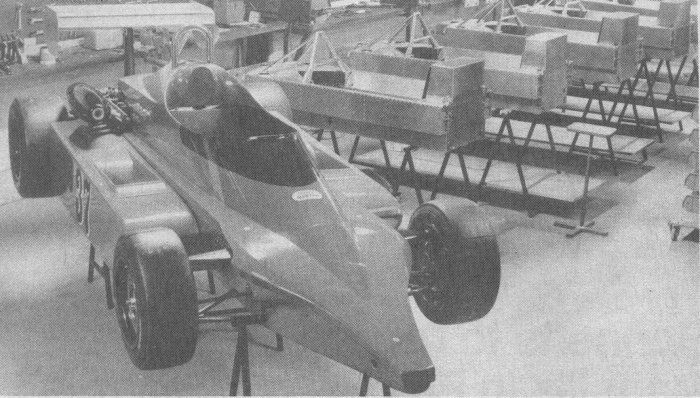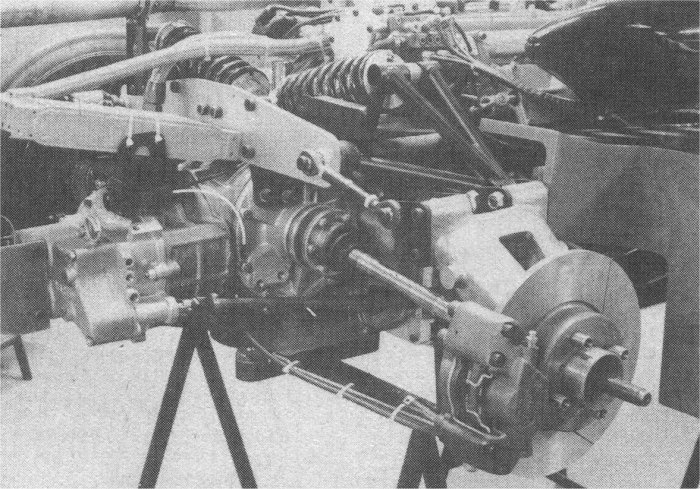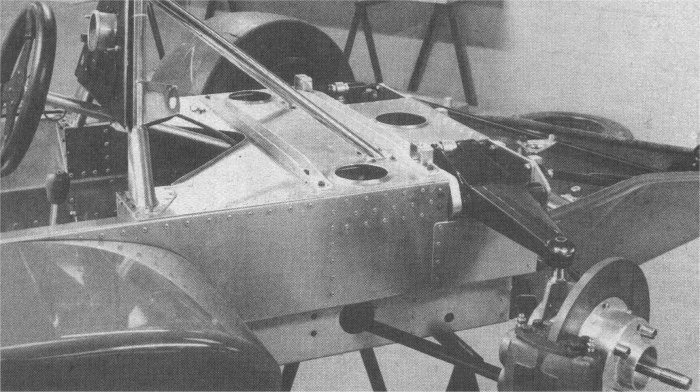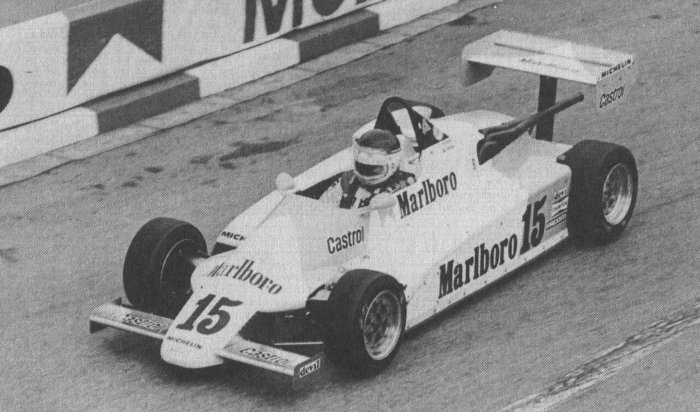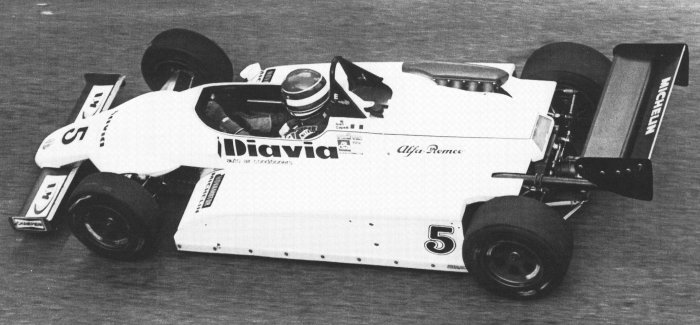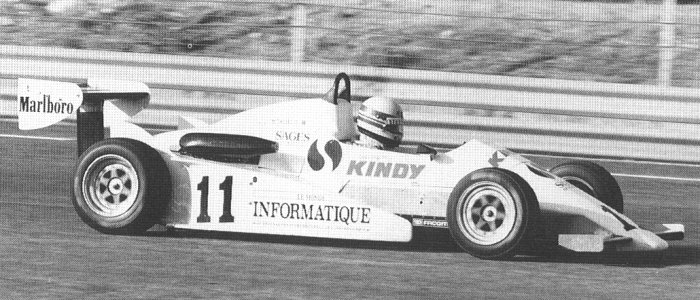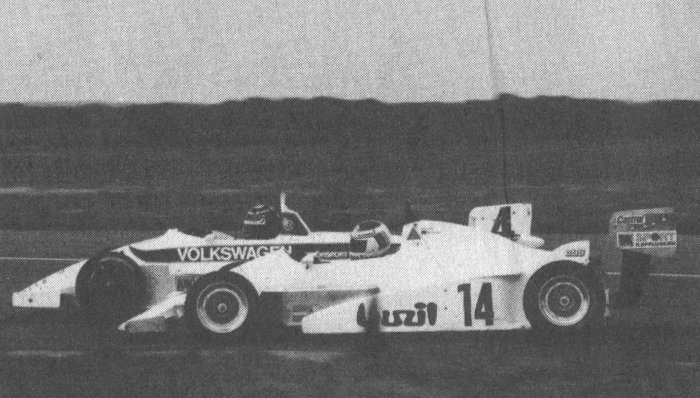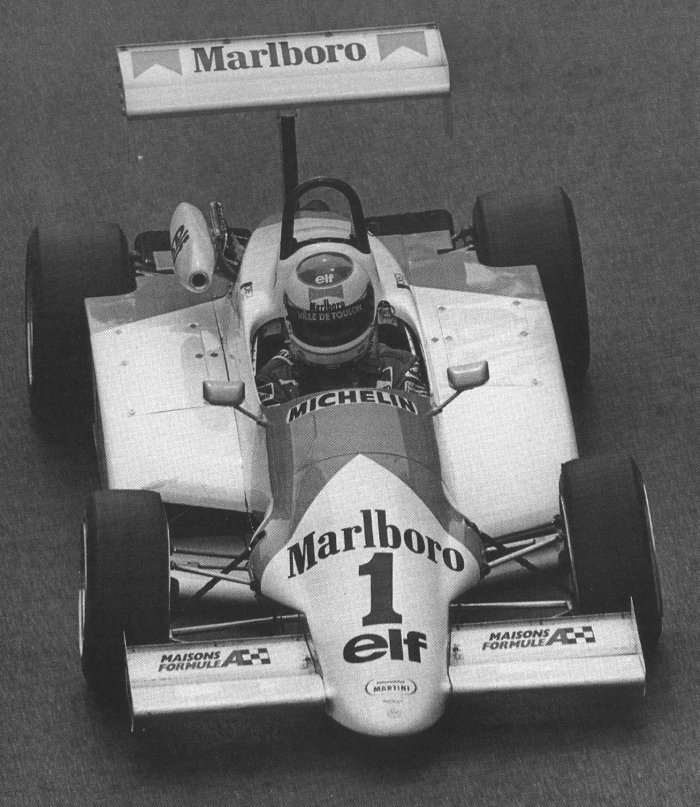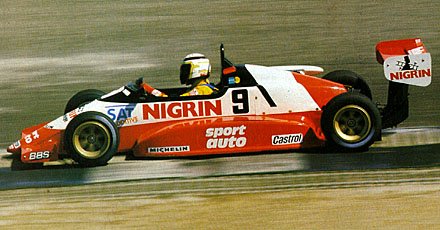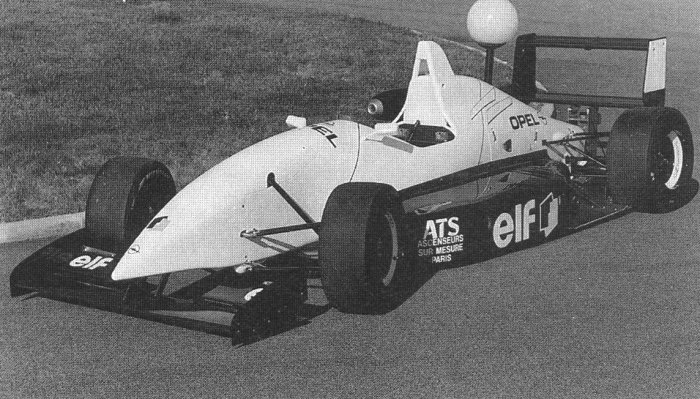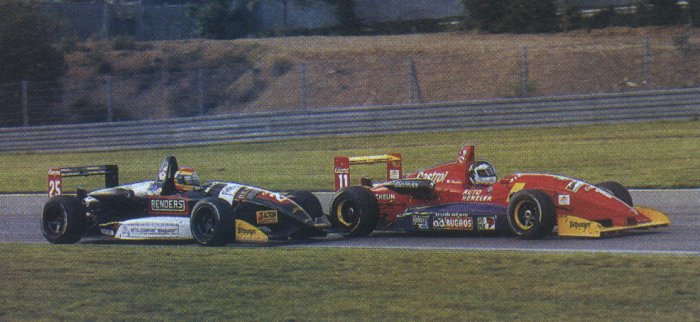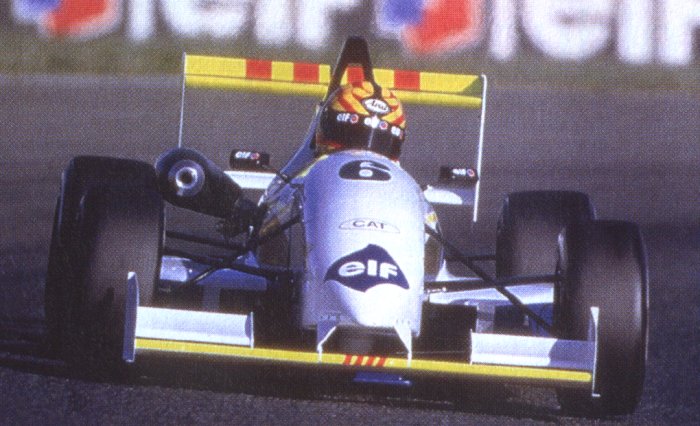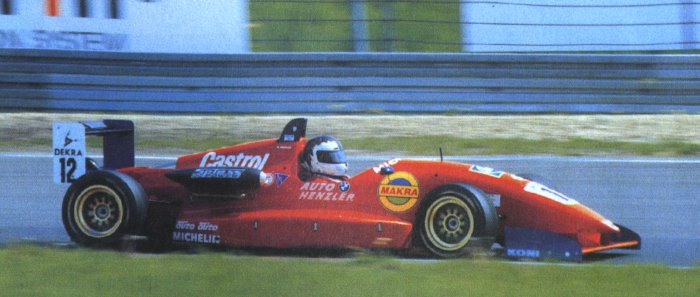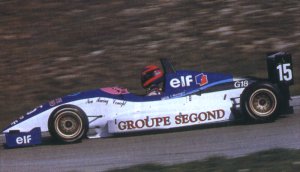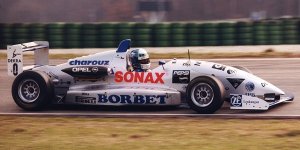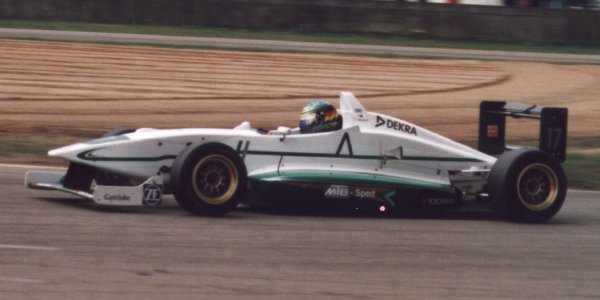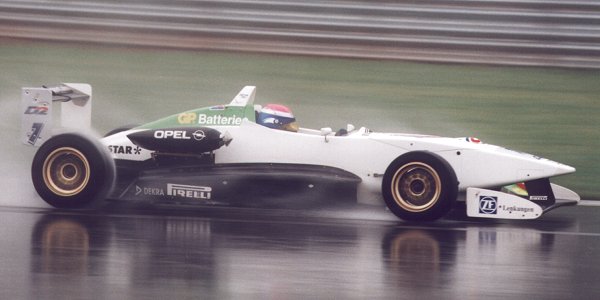Martini
1968
1969
1970
1971
1972
1973
1977
1978
1979
1980
1981
1982
1983
1984
1985
1986
1987
1988
1989
1990
1994
1996
1997
1997
1999
2000
Drivers
1968 MW3
Etienne Vigoreux.
1969
MW4
Jacques Lafitte.
MW3
Jacques Lafitte.
1970
MW5
Jean-Pierre Jaussaud, Jean-Luc Salomon.
MW3
Jimmy Mieusset.
1971 MW7
Phillip Albera, Joel Auvray, Patrice Compain, Jacques Coulon, Guy Dhotel, José Dolhem, Lucien Guitteny, François Laccarrau, François Migault, Marcel Morel, Patrick Perrier, François Rabbione.
1972
MK9
Phillipe Albera, Joel Auvray, Bernard Beguin, John Bisignano, Ray Caruthers, Miguel Coarasa, Jacques Coulon, Guy Dhotel, José Dolhem, Cliff Haworth, François Laccarrau, Philippe Munier.
MW7
José Dolhem, François Rabbione.
1973
MK12
Bernard Beguin, Patryck Boutin, Bernard Chevanne, Alain Cudini, Christian Ethuin, Jacques Laffite, Jean Max, Jean-Pierre Paoli.
MK11
Bernard Beguin, Cliff Haworth.
MK9
Philippe Albera, Patric Boutin, Philippe Munier, Jean Ragnotti.
?
Georges Ansermoz
1974 MK9
Reinhard Pfändler, Marcel Wettstein.
1975 MK9
Reinhard Pfändler.
1976 MK9
Marcel Wettstein.
1977 MK21
Didier Pironi, Danny Snobeck.
1978
MK21B
Patrick Bardinon, Anders Olofsson, Alain Prost.
MK21
Patrick Bardinon, Jacques Coulon, Anders Olofsson.
1979
MK27
Richard Dallest, Jo Gartner, Mats Paninder, Alain Prost, Serge Saulnier, Philippe Streiff.
MK21
Jean-Pierre Malcher, Serge Saulnier.
1980
MK31
Daniele Albertin, Philippe Alliot, Mauro Baldi, Thierry Boutsen, Enzo Coloni, Pascal Fabre, Alain Hubert, Patrick Lancelot, Oscar Ruben Larrauri, Piero Necchi, Vinicio Salmi, Philippe Streiff, Manuel Valls.
MK27/31
Alain Ferté.
MK27
Alfredo Ruggeri.
1981
MK34
Philippe Alliot, Paolo Barilla, Eddy Bianchi, Gerhard Berger, Pascal Fabre, Alain Ferté, Ricardo Galiano, Paolo Giangrossi, Denis Morin, Jean-Michel Neyrial, Emanuele Pirro, Vinicio Salmi, Jean-Louis Schlesser, Philippe Streiff, Patrick Teillet, Didier Theys, Andy Wietzke.
MK31
Jakob Bordoli, Albert Coll, Josef Kaufmann, Michel Lateste, Jean-Michel Neyrial, Pierre Petit, Emanuele Pirro, Riccardo Galiano Ramos, Dominique Tiercellin, Alexandre Yvon, Jean-François Yvon.
MK27
Dieter Bergermann.
?
Manfred Hebben.
1982
MK37
Philippe Alliot, Gerhard Berger, Alain Ferté, Michel Ferté, Franco Forini, Patrick Gonin, François Hesnault, Philippe Huart, Guy Leon-Dufour, Pascal Pessiot, Philippe Renault, Franco Scapini, Alfredo Sebastiani, Patrick Teillet, Didier Theys, Jürg-Pascal Vogt, Walter Voulaz.
MK34
Guido Dacco, Jacques Gambier, Philippe Huart, Josef Kaufmann, Arie Luyendijk, Bernard Santal.
MK31
Jakob Bordoli, Bernard Bribes, Alain Fell, Eric Lukes, Alexandre Neefs, Camilo Parizot, Claude Tourand.
MK21B
Hervé Delaunay.
1983
MK39
Harald Becker, Frédéric Dellavallade, Pascal Fabre, Michel Ferté, Patrick Gonin, Olivier Grouillard, Josef Kaufmann.
MK37
Ferdinand de Lesseps, Pascal Pessiot, Jürg Vogt.
MK35 (Appears to be a converted Super Vee chassis)
Bruno Eichmann, Manfred Hebben, Josef Kaufmann.
MK34
Thomas Bertschinger, Rolf Engert, Cor Euser, Claude Marcq.
MK31
Otto Christmann, Erich Höhmann, Alexander Seibold.
?
Georges A. Hedinger
1984
MK42
Harald Becker, Paul Belmondo, Ivan Capelli, Frédéric Dellavallade, Ricardo Galiano, Bruno di Gioa, Olivier Grouillard, Manfred Hebben, Jean-Pierre Hoursourigaray, Josef Kaufmann, Denis Morin, Pierre-Henri Raphanel, Bernard Santal, Richard Weggelaar.
MK39
Cor Euser, Josef Kaufmann, Jürgen Kühn, Ferdinand de Lesseps.
MK37
Jacky Eeckelaert, Ruedi Schurter.
MK34
Karl-Heinz Wenig.
MK31
Otto Christmann, Erich Höhmann.
1985
MK45
Alex Caffi, Yannick Dalmas, Frédéric Dellavallade, Bruno di Gioia, Philippe de Henning, Franz Konrad, Jean-Noel Lanctuit, Nicola Larini, Gilles Lempereur, Denis Moran, Stefan Neuberger, Jari Nurminen, Markus Oestreich, Pierre-Henri Raphanel, Philippe Renault, Jo Ris, Bartl Stadler, Alfonso de Vinuesa, Volker Weidler.
MK44
Mario Bauer, Helmut Mundas, Rudi Seher, Pietro Spazolla, Alfonso Toledano.
MK42
Bernard Cognet, Franz Hunkeler.
MK39
Bernard Cognet, Karl-Heinz Wenig.
MK35 (Appears to be a converted Super Vee chassis)
Otto Christmann.
MK31
Eberhard Ernst.
1986
MK49
Eric Bachelart, Eric Bellefroid, Eric Bernard, Yannick Dalmas, Markus Oestreich, Manuel Reuter, Michel Trollé, Volker Weidler, Yuuji Yamamoto.
MK45
Gianni Bianchi, Jakob Bordoli, Andy Bovensiepen, Peter Elgaard, Pierre Hirschi, Peter Kroeber, Helmut Mundas, Stefan Neuberger, Franz-Josef Prangemeier, Otto Rensing, Ralf Rauh.
MK44
Willi Bergmeister, Sigi Betz, Helmut Bross, Eberhard Ernst, Richard Hamann, Christian Vogler.
MK37
Romeo Nüssli.
MK35 (Appears to be a converted Super Vee chassis)
Otto Christmann.
MK27
Karl-Heinz Maurer.
?
Adi Lechner, Delia Stegemann.
1987
MK52
Jean Alesi, Markus Oestreich, Otto Rensing.
MK49/52
Jean Alesi, Yuuji Yamamoto.
MK49
Roland Franzen
MK45
Jakob Bordoli, Stefan Neuberger, Bernard Thuner.
MK42
Georg Arbinger.
MK35 (Appears to be a converted Super Vee chassis)
Otto Christmann.
MK31
Karl-Heinz Kerschensteiner.
MK27
Karl-Heinz Maurer.
1988
MK55
Georg Arbinger, Didier Arztet, Frank Biela, Franz Binder, Ellen Lohr, Lionel Robert, Peter Zakowski.
MK52
Frank Biela, Jakob Bordoli.
MK49
Roland Franzen, Georg Neyer.
MK35 (Appears to be a converted Super Vee chassis)
Otto Christmann.
1989
MK58
Cathy Muller, Yvan Muller, Michael Roppes.
MK55
Lionel Robert, Peter Schär.
MK49
Pierre-André Cossy.
MK45
Romeo Nüssli.
1990
MK60
Frank Beyerlein, Franz Engstler, Meik Wagner.
MK58
Olivier Caekebeeke, Walter Kupferschmid.
MK55
Günter Muskovits.
MK52
Romeo Nüssli.
MK49
Richard Neurauter.
?
Roland Bossy.
1991
MK58
Peter Fischer.
MK52
Romeo Nüssli.
?
Walter Kupferschmid.
1992
MK60
Peter Fischer.
MK58
Hansruedi Debrunner.
MK52
Romeo Nüssli.
1993
MK60
Peter Fischer.
MK52
Romeo Nüssli.
1994
MK67
David Dussau.
MK58
Hansruedi Debrunner, Christoph Grossenbacher.
1995 MK45
Othmar Oswald.
1996
MK73
Wolf Henzler.
MK58
André Gauch.
1997
MK73
Tom Coronel, Wolf Henzler, Franck Montagny, Tom Schwister, Oriol Servia, Steffen Widmann, Jaroslaw Wierczuk.
MK58
André Gauch.
1998 MK73
Sebastien Bourdais, Jonathan Cochet, Tomas Enge, Marcel Fassler, Yasutaka Gomi, Wolf Henzler, Thomas Jäger, Pierre Kaffer, Franck Montagny, Timo Rumpfkeil, Toby Scheckter, Timo Schneider, Tom Schwister, Steffen Widmann.
1999 MK79
James Andanson, Westly Barber, Sebastien Bourdais, Marcel Costa, Patrick Frieschar, Ryo Fukuda, Hugo van der Ham, Alexander Müller, Timo Rumpfkeil, Yannick Schroeder.
2000
MK80
Thomas Mutsch.
MK79
Marcos Ambrose, James Andanson, Romain Dumas, Andreas Feichtner, Patrick Hildenbrandt, Ying-Kin Lee, Thomas Mutsch.
MK73
Philip Giebler, Adam Jones.
2001 MK79
Simon Abadie, Jerome dalla Lana.
